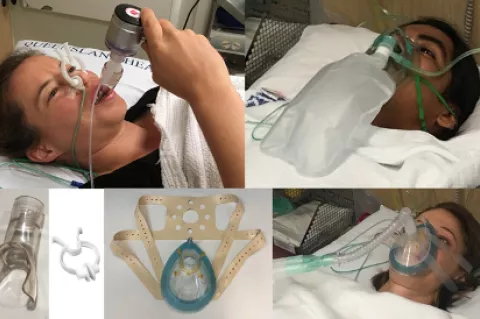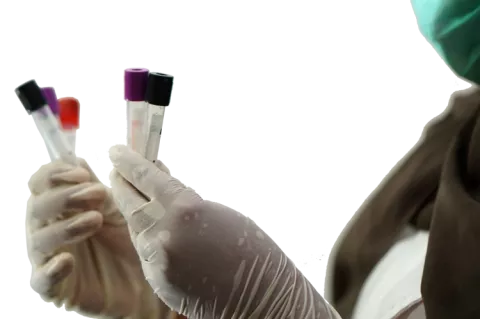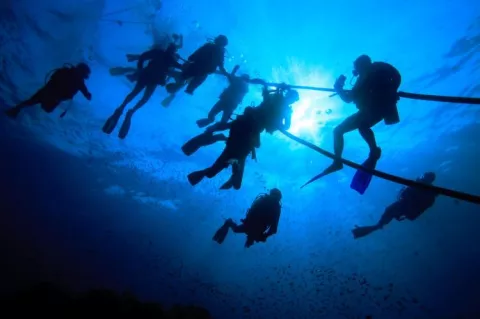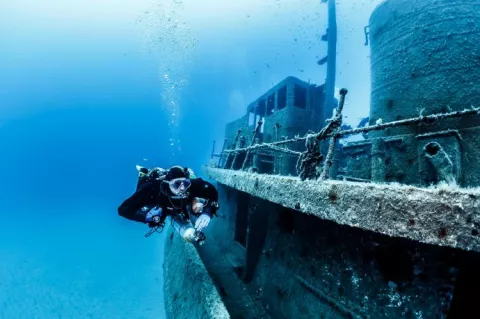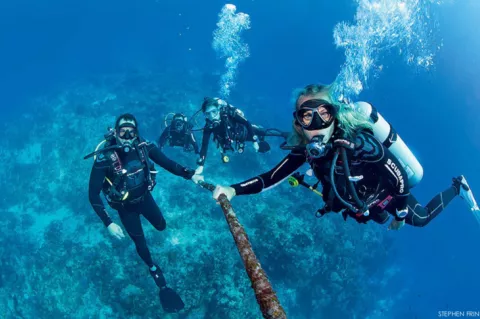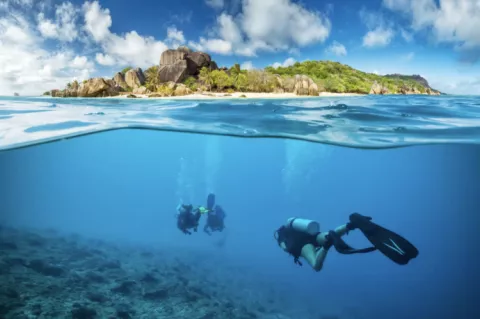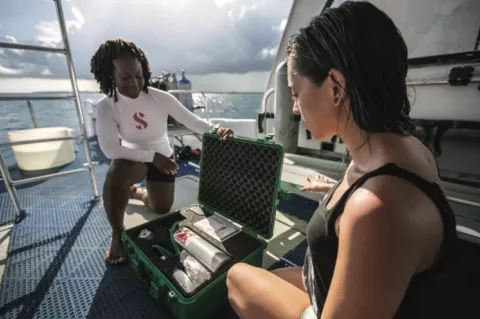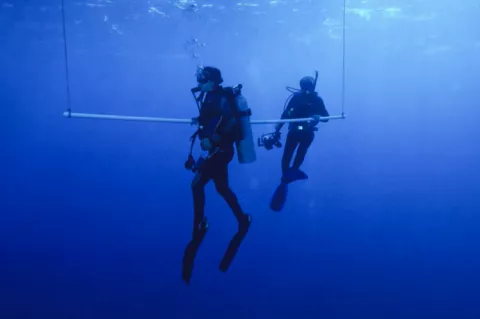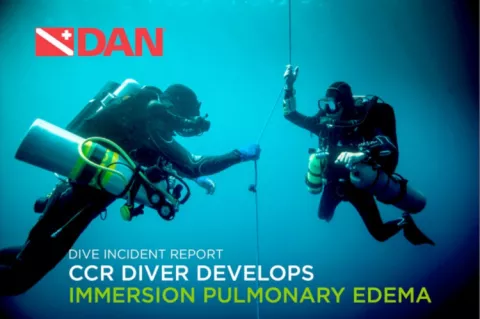Why aren’t dolphins getting bent?
Marine mammals are not above the physical principles and processes that lead to bubble formation in tissues following decompression. Scientists once thought that diving marine mammals were immune from decompression sickness, but beached whales have been found to have gas bubbles in their tissues—a sign of the bends. In any case, how some marine mammals and turtles can repeatedly dive as deep and as long as they do has perplexed scientists for a very long time.
- Read more about Why aren’t dolphins getting bent?
- Log in to post comments



